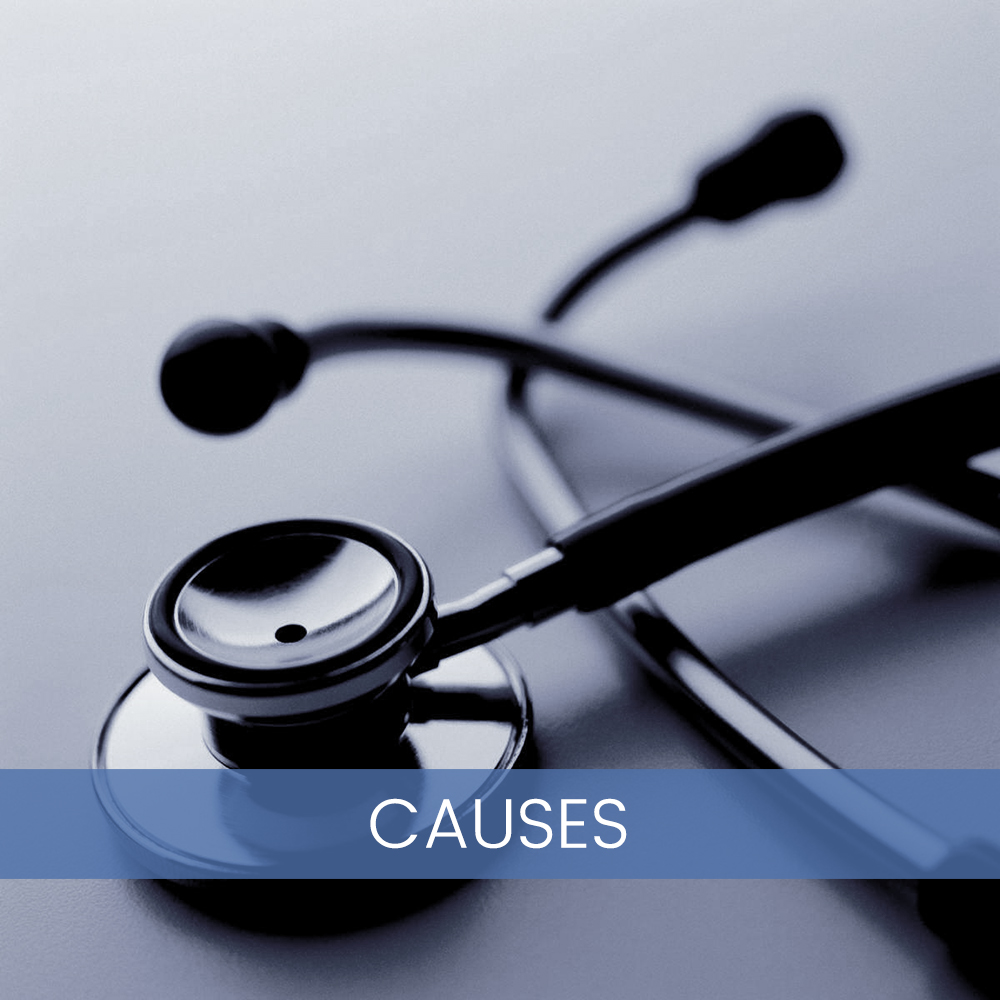Postural Tachycardia Syndrome (PoTS), previously known as Postural Orthostatic Tachycardia Syndrome (POTs) is increasingly recognised as an important manifestation of dysautonomia. The autonomic system controls many aspects of bodily function including cardiovascular function, bowel function, bladder function, sweating, vision, and cognition.
The presentation of Postural Tachycardia Syndrome (PoTS) is diverse reflecting the wide effects of autonomic dysfunction. Many symptoms are similar to those seen in people diagnosed with Chronic Fatigue Syndrome (Myalgic Encephalomyelitis). Often it is the diversity of apparently unrelated symptoms defying a unifying diagnosis that prompts investigation for Postural Tachycardia Syndrome.
Common symptoms are:
Lightheadedness
Fainting
Palpitations
Exercise intolerance
Fatigue and generalised weakness
Bloating after meals
Nausea
Shakiness
Anxiety
Less commonly:
Brain fog
Difficulty concentrating
Memory problems
Sleep disturbance
Headache
Breathlessness
Diarrhoea
Constipation
Abdominal pain
Chest discomfort
Even less commonly:
Bladder dysfunction
Sweating disturbance
Pupillary dysfunction
Blurred vision
Postural Tachycardia Syndrome is diagnosed when the heart rate increases by more than 30 bpm (40 bpm in children and teenagers) within 10 minutes of standing or tilting without any associated drop in blood pressure. The person will feel very unwell when standing up. 80% of sufferers are female – mainly aged 15 years to 50 years.
PoTS symptoms often vary from day to day. They tend to be especially pronounced when upright. Heat, exercise and eating can exacerbate symptoms and they may be more troublesome around menstruation.
PoTS can sometimes be difficult to distinguish from Inappropriate Sinus Tachycardia
PoTS is often a missed diagnosis as BP and heart rate are usually measured sitting. It is often misdiagnosed as anxiety, panic attacks or chronic fatigue syndrome.
There is currently little knowledge of PoTS within the medical community. This is rapidly changing as awareness of the condition increases.
What Should Doctors do if they suspect PoTS?
1: PoTS should be considered in patients (especially young women) with a combination of unexplained symptoms e.g. dizziness, syncope, fatigue, palpitations, headaches, exercise intolerance and anxiety.
2: Have a high index of suspicion in Chronic Fatigue Syndrome and Joint Hypermobility Syndrome.
3: Perform a Stand Test – pulse rate and BP should be measured 3 times supine (to eliminate an alerting response) then after 2, 5 and 10 minutes of standing quietly.
4: Exclude other pathology with haematological and biochemistry tests and ECG (QTc interval).
5: Request a 24 hour ECG – a normal recording does not exclude PoTS, however.
6: If PoTS is suspected, REFER to a specialist for further investigation and treatment.
Please download this very helpful information leaflet produced by PoTS UK and placed on this website with permission.
For any more information on PoTS, its causes, diagnosis or treatment, please do not hesitate to get in touch via our appointments page.




